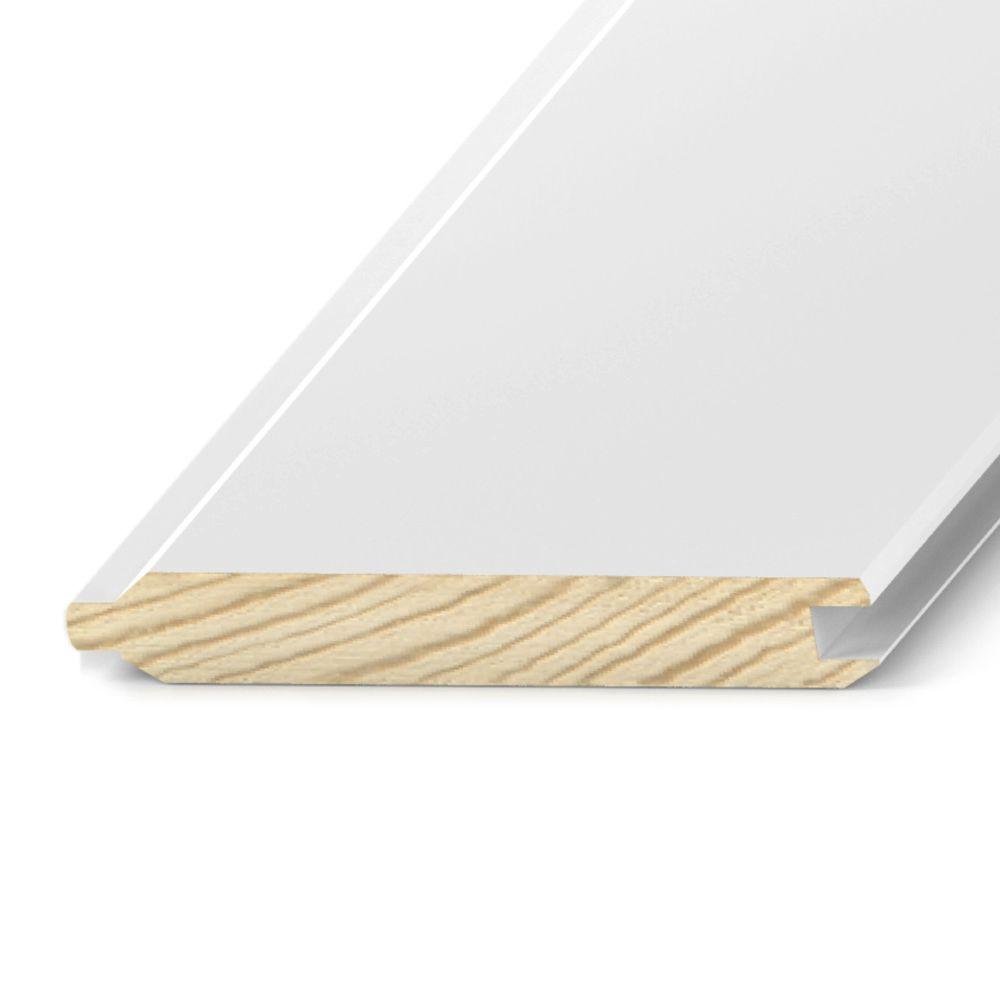Back priming consists of applying a coat of primer to the reverse side and edges of boards before installing.
Back priming pine siding.
Where is the trapped moisture coming from.
The best primer for pine like paint primer comes in a variety of bases.
The larger continuous bin coating of full coverage did not expand and contract with the wood hence resulting in cracking and peeling.
Back priming natural wood siding helps control rotting mold build up cupping and movement in the wood ultimately giving your siding and your stain finish more longevity.
Also don t foget to prime the end cuts as that is a vulnurable area as well.
Not only does back priming prevent rot it prevents bowing cupping.
Back priming helps reduce wetting up the back side.
Back priming siding yes you should always back prime as it will balance the wood.
All siding takes on seasonal moisture from sources as diverse as direct rain wicking and vapor diffusion through the wall assembly.
Once the siding has been installed apply two coats of a top of the line latex exterior house paint to it.
It occurs either when heated or air conditioned air from the house radiates out and meets the cold or hot outside air.
I would strongly suggest priming the front back edges and ends of your pine siding with an oil based exterior primer before installation.
The pine clapboards we primed with bin could have had a high moisture content and also probably moved a fair amount with seasonal changes flat sawn vs.
Apply one coat of primer paint to the back sometimes called back priming edges and ends of siding boards before the cedar is installed.
I will also slow down the transfer of moisture which if not done can cause warping.
Back priming natural wood siding helps control rotting mold build up cupping and movement in the wood ultimately giving your siding and your stain finish more longevity.

